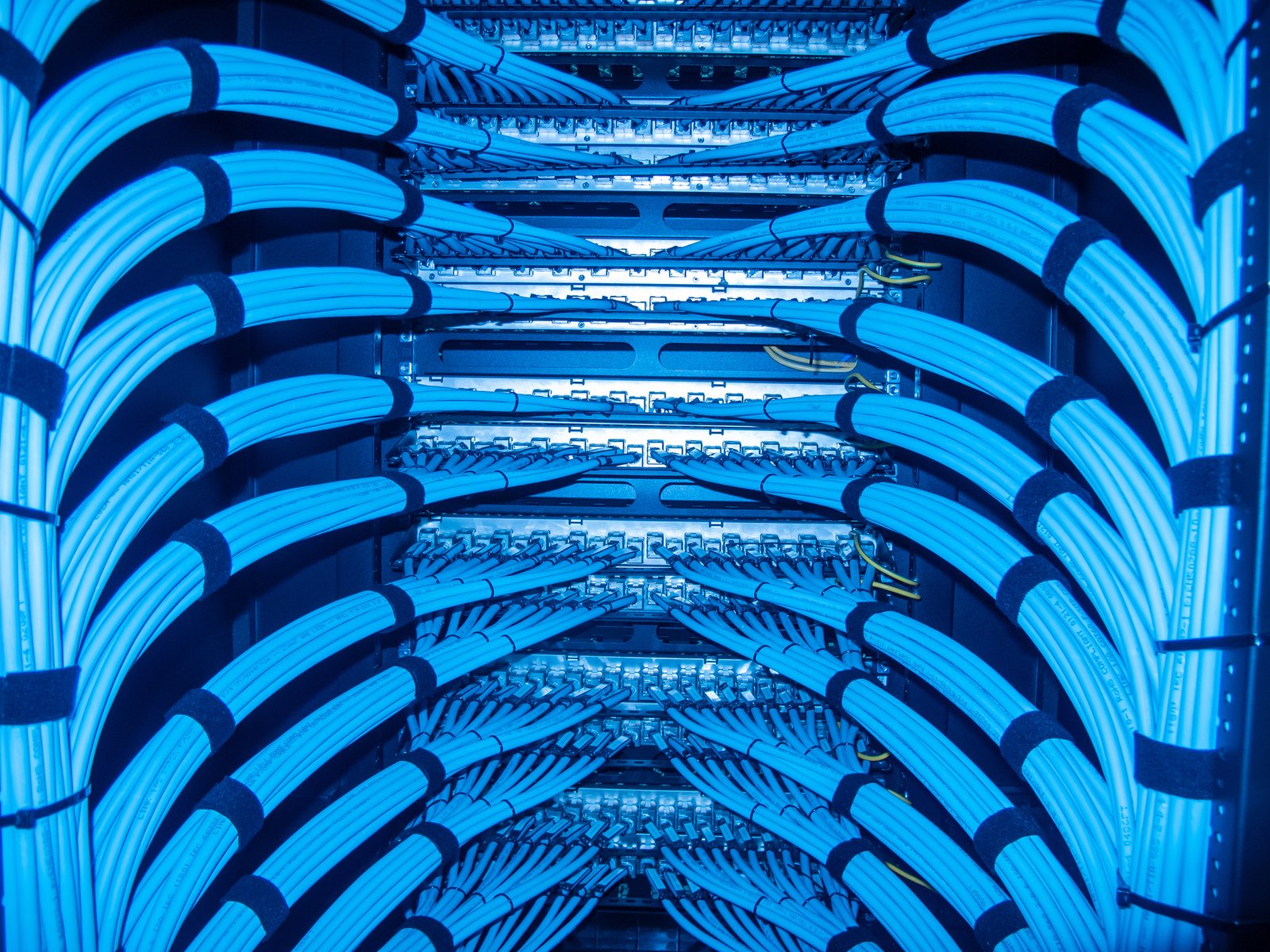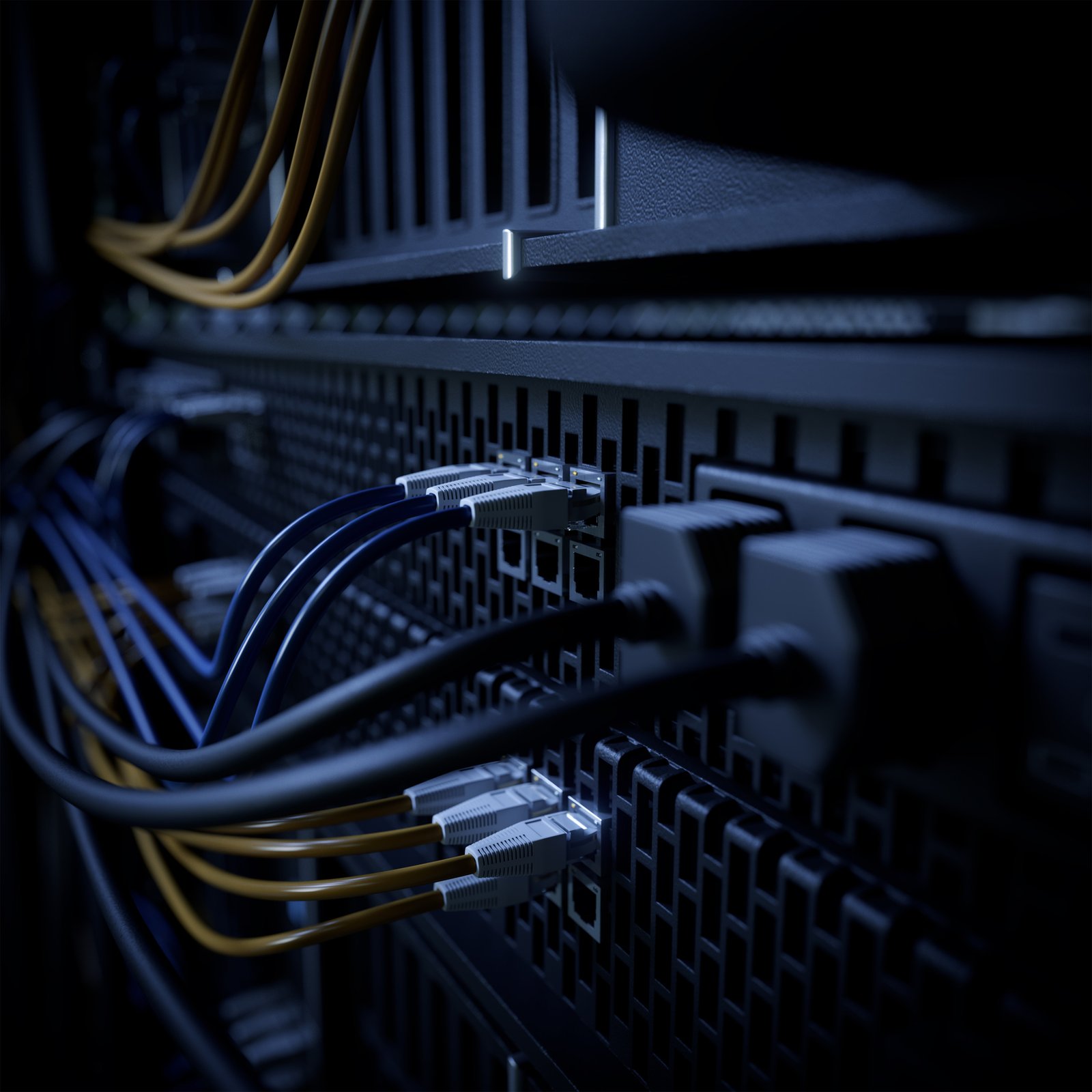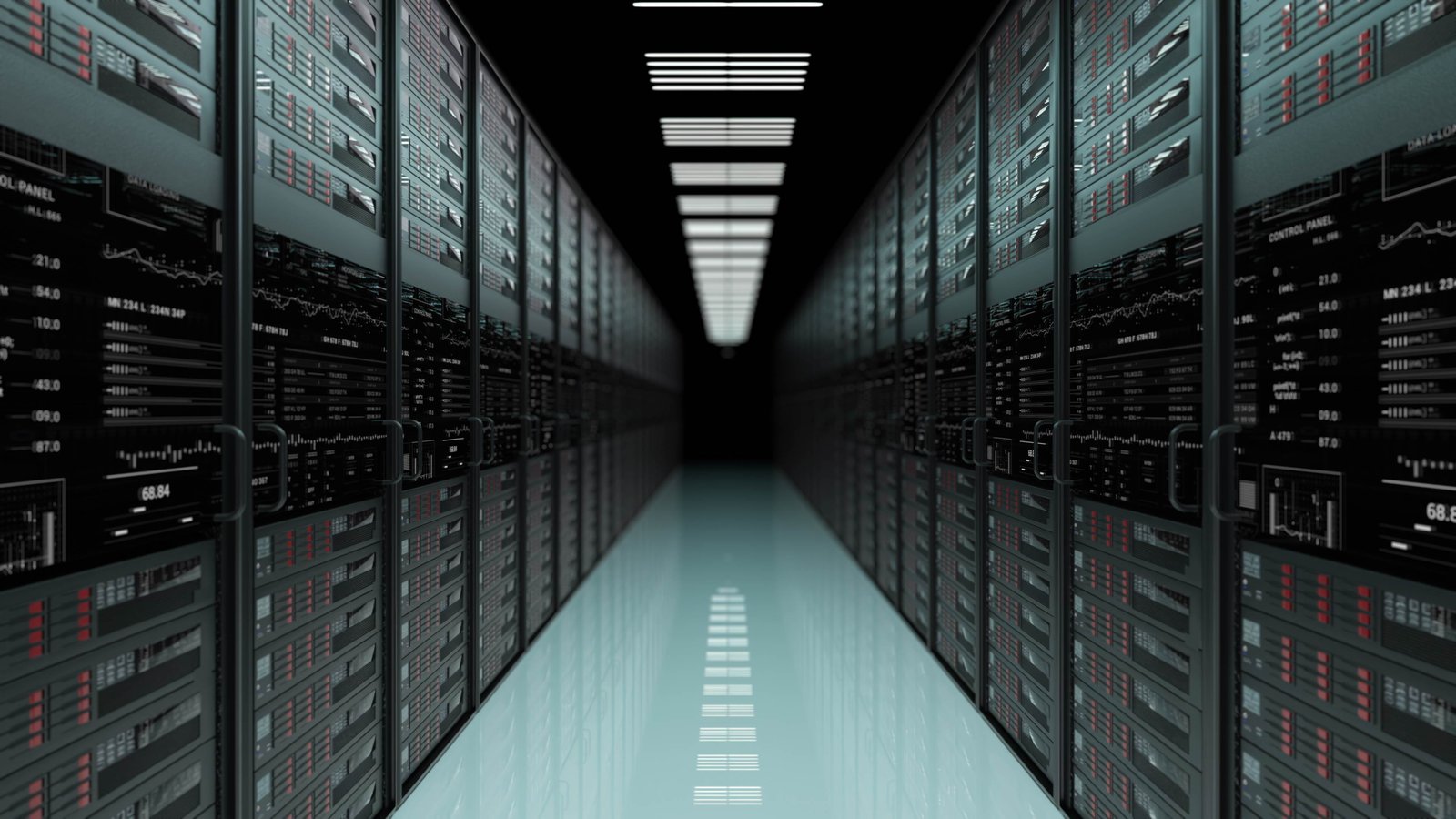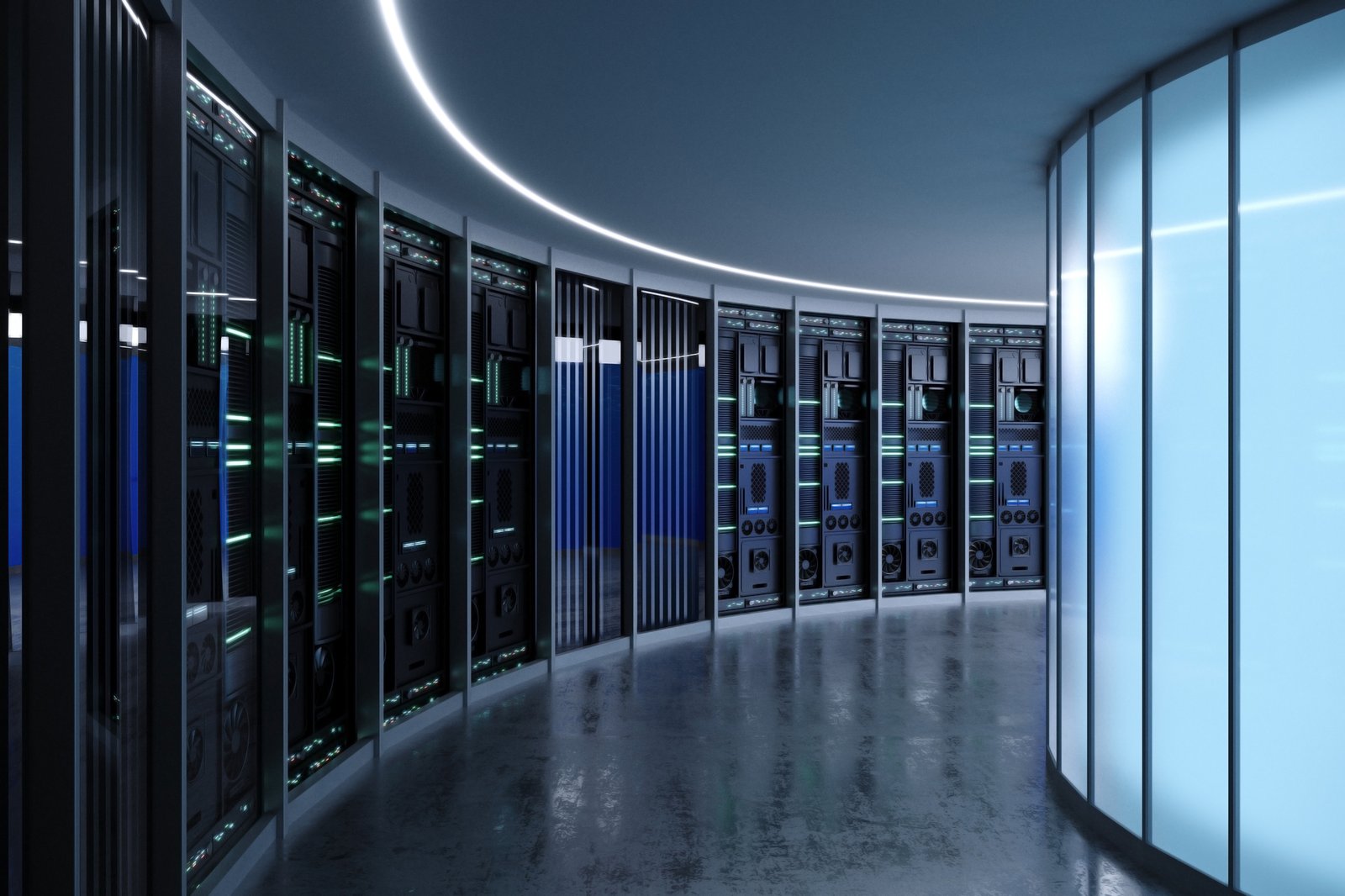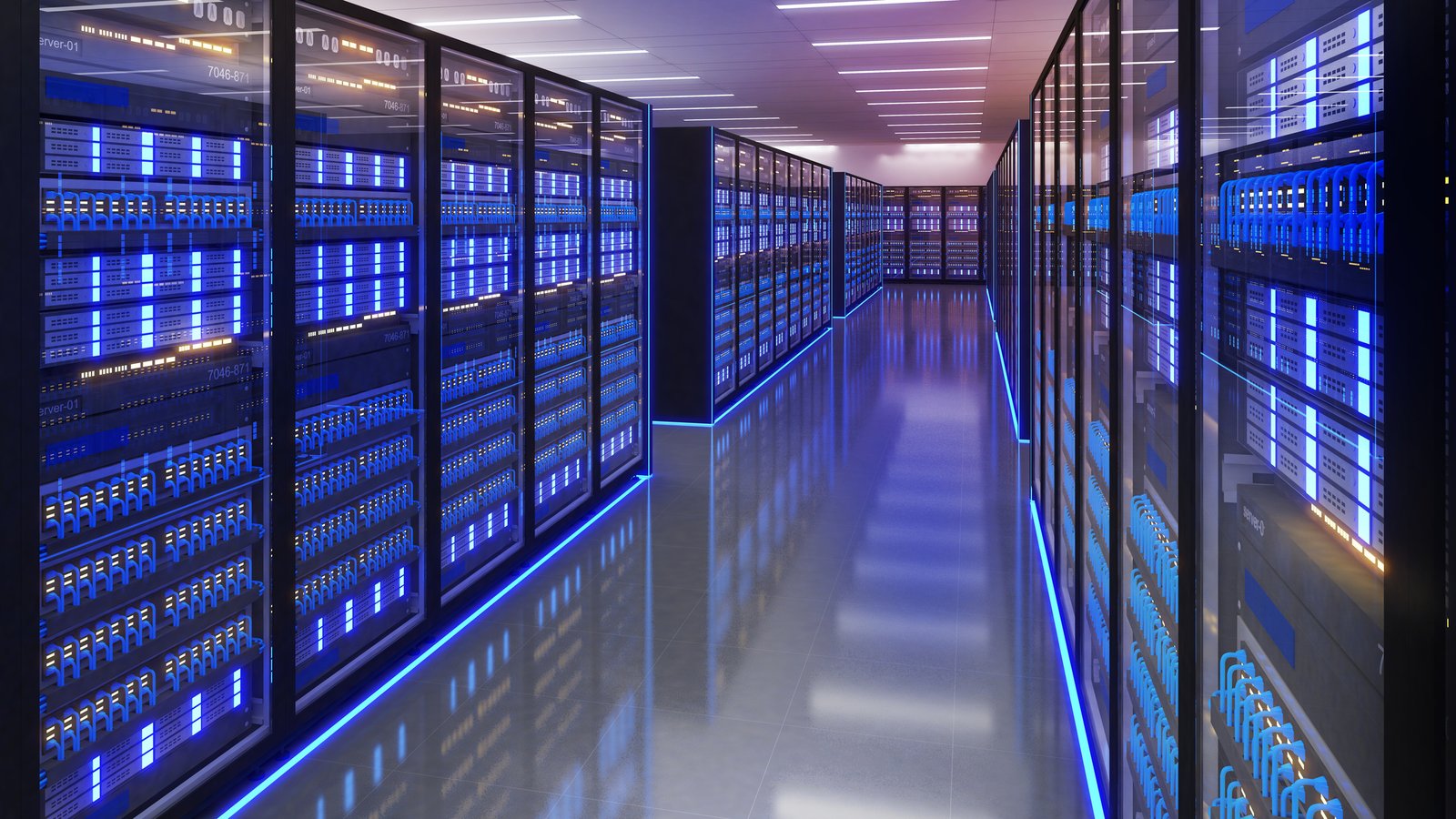The economics of data center connectivity is a delicate dance between performance and cost. While data center operators are continually pushed to meet growing capacity and uptime demands, while future-proofing their infrastructure, there is also the reality of budget constraints, especially in the murky economic waters of 2023.
Data Center Frontier is January called this a year of dueling cross-currents that could constrain or accelerate business activity in the sector.
“This sets the stage for pockets of vibrant activity in an industry grappling with higher costs, a slowing economy, and a challenging landscape for delivering new data center capacity,” wrote Rich Miller in the Data Center Frontier article.
Explosion in Demand for Data Centers in the U.S.
In January, McKinsey & Company profiled the sector in “Investing in the Rising Data Center Economy.”
“The explosion in demand for data centers has attracted the attention of investors of all types—growth capital, buyout, real estate, and, increasingly, infrastructure investors. In the US market alone, demand—measured by power consumption to reflect the number of servers a data center can house—is expected to reach 35 gigawatts (GW) by 2030, up from 17 GW in 2022, according to McKinsey analysis,” said the article.
The United States accounts for roughly 40 percent of the global data center market.
McKinsey & Company breaks down data centers into four main components:
- The facility itself
- The industrial equipment (including the mechanical, electrical, and plumbing (MEP) gear)
- The IT hardware
- The software
“Data centers are typically owned and operated either by big companies (such as cloud vendors, banks, or telcos) for their purposes or by co-location companies,” says McKinsey & Company. “The latter lease out the space and typically provide network capacity and power, as well as the cooling equipment that keeps down server temperatures. Tenants bring their IT equipment.”
Budget Constraints vs. Risk of Falling Behind
Data Center Frontier says that data centers are not immune to the business cycle, but the industry also sees continued investment during economic troubles, especially when external forces (such as the pandemic) drive the decision-making.
“As cloud services and AI continue to remake the business landscape, enterprise IT shops must confront the tension between budget constraints and the competitive risk of falling behind in an era of digital transformation,” wrote Miller.
Southwest Airlines' troubled holiday season serves as a warning for those that sacrifice performance too much for the cost.
“Southwest’s epic meltdown over the Christmas weekend, which disrupted its operations for more than a week, appeared to be the result of years of deferred upgrades to homegrown software systems,” Tom Krazit wrote at Mostly Cloudy. “It’s a wake-up call to any IT and finance departments returning from the holiday break knowing they’ve been putting off those updates.”
Even something as basic as selecting a network cabling architecture has trade-offs between performance and cost with top-of-rack (ToR) architectures vs. middle-of-row (MoR) or end-of-row (EoR) architectures:
- Top-of-Rack (ToR): This architecture makes for easy cable, management, excellent scalability, and efficient use of data center floor space but the trade-off is higher network equipment costs, including more switches to manage and more server-to-sever traffic and the creation of hotspots that can drive up energy costs.
- Middle-of-Rack (MoR) and End-of-Row (EoR): This architecture is more cost-effective than ToR with fewer cables. While it maintains good scalability the trade-off is increased management overhead and network stability risks due to potential layer 2 loops.
Cost vs. Performance: Across 6 Aspects of Data Center Connectivity
Data center operators must keep an equilibrium between cost and performance in various aspects of data center operations. Here is a look at six areas:
- Risk Management: Risk management is critical to data center operations. Data center operators need to assess potential risks and implement measures to mitigate them. This includes investing in redundant network links from multiple carriers to ensure network availability even in the event of a carrier outage. While redundant connectivity may come with additional costs, it significantly reduces the risk of downtime and its associated financial losses.
Backup power systems, such as uninterruptible power supply (UPS) units and backup generators, are also essential for maintaining operations during power outages. By balancing the upfront investment in risk mitigation with the potential losses incurred during downtime, operators can make informed decisions that optimize both performance and cost.
- Network Migration: Data center operators often need to migrate their networks to adopt advanced technologies or accommodate increasing data demands. For instance, upgrading to higher-speed connections or implementing Software-Defined Networking (SDN) can enhance performance and flexibility. However, such upgrades can be expensive. Operators need to evaluate the benefits of network migration against the costs involved.
They should consider factors like improved efficiency, reduced management complexity, and potential revenue gains from enhanced services. Conducting a cost-benefit analysis and calculating the ROI helps operators strike a balance between performance requirements and economic constraints.
- Power Optimization: Power consumption represents a significant portion of a data center's operational expenses. To optimize performance while managing costs, operators must focus on power optimization. This involves deploying energy-efficient hardware, such as servers and cooling systems, which consume less power without sacrificing performance. Intelligent power management systems can monitor and optimize power usage, ensuring efficient distribution and minimizing waste.
Virtualization techniques, such as server consolidation and workload balancing, enable operators to achieve higher resource utilization and reduce power consumption. By effectively optimizing power usage, operators can strike a balance between meeting performance demands and controlling energy expenditures.
- Thermal Efficiency: Data centers generate a substantial amount of heat due to the operation of IT equipment. Cooling this heat requires significant energy consumption and cost. Operators implement various strategies to strike a balance between thermal efficiency and cost. Hot-aisle/cold-aisle containment is a common approach that segregates hot and cold airflows, preventing them from mixing and improving cooling efficiency. Precision cooling technologies ensure that cooling resources are directed precisely to areas that require it the most, avoiding unnecessary cooling.
Additionally, airflow optimization techniques, such as implementing appropriate server rack layouts and using blanking panels, facilitate efficient air circulation. By adopting these thermal management practices, data center operators can maintain optimal performance while minimizing cooling-related costs.
- DCIM Engagement: Data Center Infrastructure Management (DCIM) solutions play a crucial role in optimizing data center performance and cost. These software platforms provide real-time monitoring, analytics, and capacity planning features. Operators can leverage DCIM tools to gain insights into power usage, cooling efficiency, server utilization, and overall infrastructure health.
By actively engaging with DCIM systems, operators can identify potential bottlenecks, plan for capacity expansion, and optimize resource allocation. For example, monitoring power usage effectiveness (PUE) metrics can highlight areas for improvement and guide decisions to enhance energy efficiency. With data-driven decision-making facilitated by DCIM, operators can strike a balance between performance optimization and cost control.
- Scalability and Flexibility: Data center operators need to anticipate future growth and ensure scalability and flexibility in their infrastructure. Modular designs and flexible infrastructure solutions allow for efficient expansion without incurring excessive costs. Modular data center construction enables operators to add capacity incrementally as needed, reducing upfront expenses, and optimizing resource utilization.
Virtualization technologies, such as server virtualization and containerization, enable better resource allocation and workload management, ensuring optimal performance even during periods of high demand. By incorporating scalability and flexibility into the data center architecture and infrastructure, operators can meet growing needs without overspending.
Adaptability and staying abreast of emerging technologies and industry best practices also play vital roles in achieving this balance between performance and cost in a continuously evolving economic landscape.


